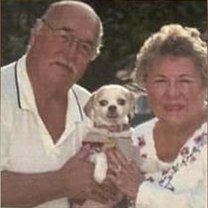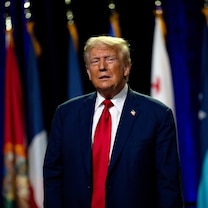Rock Star Sting Delivers Indestructible Fun
Sting's latest project focuses on cheering up children in war-torn nations.
Dec. 4, 2009 — -- During the recent reunion tour with his band The Police, Sting projected images of children in war-torn areas while performing "Invisible Sun."
The song was a big hit for the group in the early 1980s, but now the rock star has new reason to sing.
"These photographs give it a new meaning, a new valiancy," Sting said. "It's nice to have that infusion of new energy into this song."
The photographs were taken by Sting's friend and fellow philanthropist, Bobby Sager. He has traveled to some of the worst places on Earth, taking pictures wherever he went. He compiled his work of hundreds of photographs into a book called "The Power of the Invisible Sun."
One picture in particular caught Sting's eye.
"There's a picture of, a very poignant picture, of what kids in refugee camps use as footballs," Sting said. "It's a very temporary thing that they just kick around."
The ball was made of bits of rubber and rags, and was the prized possession of a 9-year-old boy named Moises.
Moises was a former child soldier living at a rehabilitation center in Rwanda. At age seven, he had been taken from his parents and forced to fight, even kill.
Quite separately from the concert and the book, a friend of Sting's asked him to help fund the development of a soccer ball that was more substantial -- something that would last -- for children like Moises to play with.
Click Here to See a Picture of Moises and the Photograph That Inspired Sting
"It feels exactly like a football," Sting said. "You can stick a knife in it. You can drive a car over it. It's indestructible. It'll last forever, so that's instant joy in a refugee camp."
"For someone like Moises, everything in his life crumbles as soon as he touches it, and now here's something indestructible," Sager said. "This ball becomes a really powerful symbol of hope. ... Because it lasts so long, it will stay in your life so long, it is a symbol of possibilities."
Proceeds from Sager's book pay for the soccer ball project, called "Hope Is a Game Changer," and Sager is organizing distribution of the balls with nonprofit groups in places like Rwanda and Afghanistan.
Last July, Sager returned to Rwanda to hand out the first ones. Four years after he met Moises for the first time, the boy whose ball was the impetus for the whole project was there.
"My son Shane was passing out balls and the next child soldier came up and said, 'Hi, I'm Moises,'" Sager said. "I said, 'This can't possibly be.' And there it was. That was Moises."




